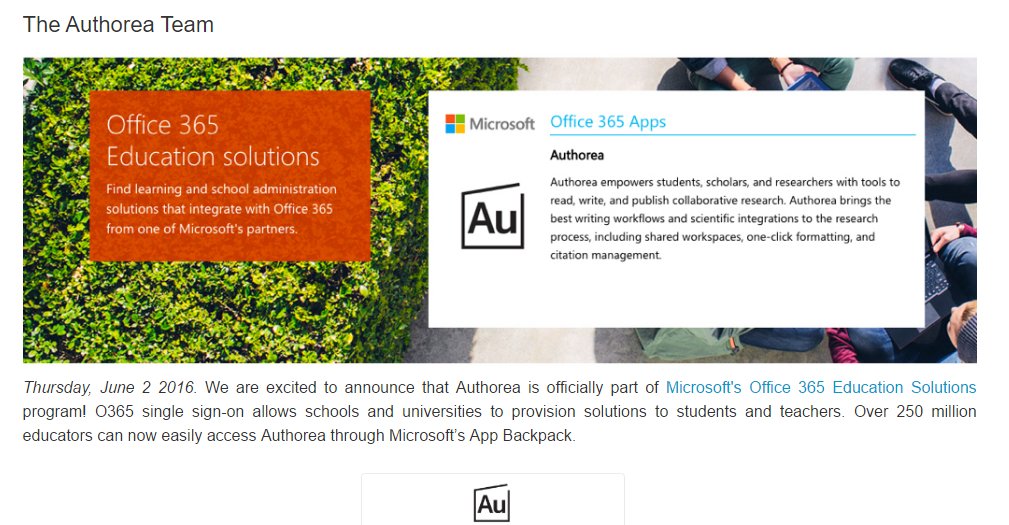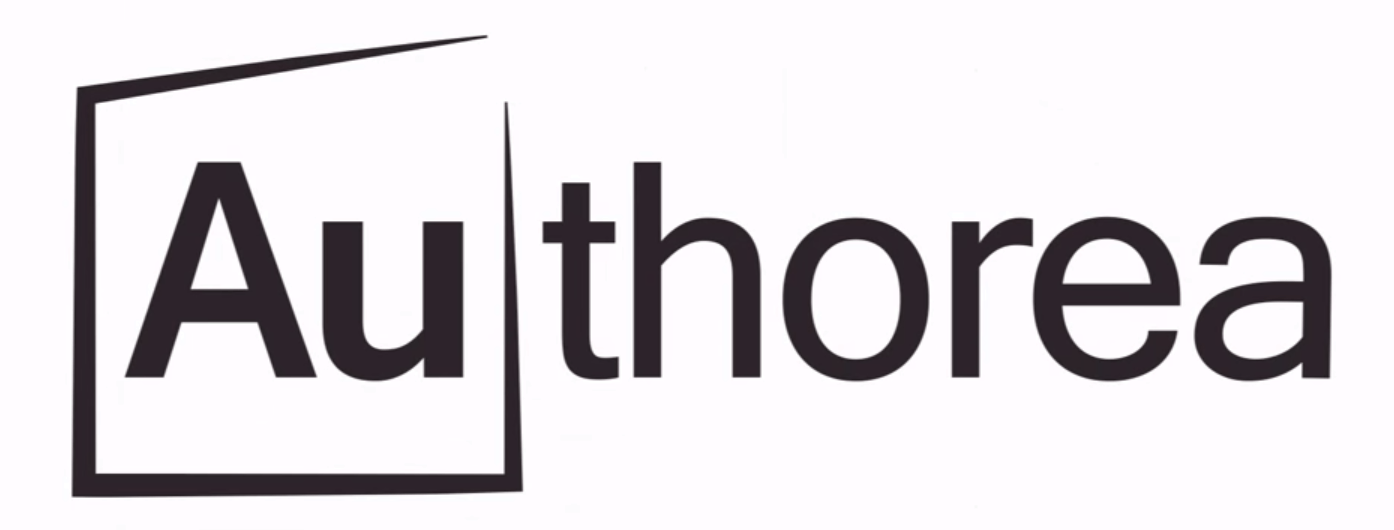You’d think that writing scientific papers today, with all the digital tools at hand, would be a breeze. But you’d be wrong. Scientific work is not helped along by the Internet but challenged by it.
Why?
Because scientists, for the most part, still follow traditional methods for sharing their research findings. Or, as young Italian astrophysicist Alberto Pepe put it in an interview with Il Corriere della Sera, a major Italian daily, “Scientists today produce 21st century research; they use the writing tools of the 20th century and force their writing into formats similar to those of the 18th century.”
In short, the way scientific articles are written goes back 400 years, and the ability to share information is stuck in a 1980s level of technology. Most of the scientific information published on major journals like Nature, Science, or the Lancet is behind paywalls; universities and research institutions spend hundreds of thousands of dollars every year for subscriptions. Hence, the birth of the “open science” movement to try and break down the walls.
But to breakdown paywalls is not enough. What is required are practical tools to do it, tools that, taken as a package, go well beyond what is normally available on the Internet. This is where Authorea comes in. Started as a publishing platform dedicated to scientists, it is the brainchild of Alberto Pepe and Nathan Jenkins, a physicist from California. The two had met ten years ago at CERN in Geneva, the prestigious European Center for Nuclear Research; harassed by the drudgery of having to exchange drafts back and forth on collaborative research papers and disappointed to see all the hard data-crunching work disappear once the papers were published, they had often discussed what could be done to advance scientific work.
IN THIS PHOTO: AUTHOREA CO-FOUNDERS ALBERTO PEPE (RIGHT) AND NATHAN JENKINS (LEFT) Photo Credit: Authorea
In 2014, Authorea, based in New York, was born as a platform for sharing and reviewing research results online—a platform that went well beyond what can be shared on the likes of Google Docs or Medium.
Scientific work on Authorea can be shared at every stage of development, including complex mathematical formulations that Word programs handle with difficulty. Also, Authorea allows for something fundamental that Alberto Pepe calls “forking.” For the uninitiated, “forking,” in technical speak, is to take the source code from an open-source software program and develop an entirely new program. As Pepe explains it, “forking” on Authorea allows its members to directly access data in articles published by colleagues and download them in their own allotted Dropbox-like space to work on them, manipulating formulas etc. This is, of course, the main way scientific advances are made, building on each other’s work. And that is made possible on Authorea thanks to an advanced form of GIT technology, all the while keeping track of everyone’s contribution, so that no idea is ever “stolen” from anyone else.
Related article: “THE IMPORTANCE OF UTILIZING STEM CELL RESEARCH“
In fact, Authorea’s mission, in line with the open science movement, is to “restore public trust in science.”
So far, Authorea, with its advanced tools for scientists that allow for research findings to be published and reviewed openly, has drawn tens of thousands of researchers in the hard sciences, in particular medicine, genomics and computational biology, but it is also rapidly growing in new research areas, in and outside of academia. For example, a paper on Ebola virus research uploaded on the Authorea platform in the spring of 2015 was able to attract comments and contributions from some 25 other scientists until it was finalized and ready for publication on Cell magazine. Another project of note is a paper on paleoclimatology written by climate scientists at the University of Southern California that grew with comments and annotations from other researchers present on Authorea.
This proactive, open process on Authorea is in contrast with the way research results are traditionally arrived at, in total secrecy, until a paper with proof of findings is published in a major scientific journal.
As a result, Authorea has attracted the attention of investors and earlier this year; it was able to raise $1.5 million in seed money for a total so far of $2.11 million investment from 9 investors, including Lux Capital, Bloomberg Beta, and the Knight Foundation and a grant from Digital Science, based in London, which develops software for academic publishing. The potential market for Authorea is about 20 million academics worldwide and 200 million college students that could benefit from such easy-to-use features as Authorea’s one-click-citation and one-click-formatting. The business model is fremium: free forever for publicly-created open-access content while a charge is levied for privacy and extra features (such as group, lab, and institutional accounts).
Impakter was able to speak to the founder Alberto Pepe, and here is an edited version of the interview.
IN THE PHOTO: AUTHOREA LOGO Photo Credit: Authorea
You are a Harvard astrophysicist—how did the idea for Authorea occur to you, does it fulfill a need you personally perceived?
Alberto Pepe: Yes, Authorea addresses some inefficiencies with the processes of collaborative writing and publishing that I personally experienced in my own work as an academic. Having written and published a couple dozen scholarly papers, during and after my Ph.D., I realized that the process of writing research papers in collaboration is far from optimal. Exchanging manuscripts via email, for example, is not a sustainable and scalable solution to write with tens of other coauthors. The lack of a collaborative authoring environment for scholarly content slows down dramatically the writing process and, thus, the publication of research. Think of the implications for medical research: getting a research paper out faster can actually save lives! Scientists, who are pretty amazing at doing science, need a better way to write research together, faster.
Authorea is described on Wikipedia as the “Google Docs for Academics,” often with a reference to Github. For neophytes in computer science, could you explain why scientists need more than the tools provided by Google Docs, and how does Github come into it, why not use, for example, Dropbox?
A.P.: Google Docs for academics is a quick way to describe Authorea. We offer users the ability to work on manuscripts together, similar to Google Docs, but with important additions and features that make the lives of academics easier: support for mathematical notation, citations, references, tables, data, complex figures, as well as professional typesetting and formatting for journals. These functions are not all possible within Google Docs. Most scholars writing today use a combination of plugins, tools, and formats to achieve them. The reason we have also been compared to Github is due to the fact that, like Github, we are built on Git, a robust version control system for source code. Git was originally intended for source code, but at Authorea, instead of using it on source code, we use it to “version control” documents, and it works really well.
You have something like a newsfeed system on Authorea that tracks history of articles. Can you describe how it works and how can authors defend themselves from unfounded criticisms?
A.P.: From a technical standpoint, the newsfeed system that you are referring to is the git log of a repository, i.e. the history of an article. In Authorea, every article is a dedicated git repository. You can think of it as a collection of files, text, images, etc. which render into an article. The fact that every Authorea article is a git repository brings a major benefit. Every change made to Authorea articles is recorded as a “commit,” e.g., “Alberto edited the method section by changing x to y.” This is powerful as it provides the same level of utility of Microsoft Word’s “track changes,” but instead of being a (fairly unreliable) layer built on top of the editor, it is natively embedded within the editor itself. In Authorea you cannot hide anything. If you change something in a document, it will show in its record.
For a full mindmap behind this article with articles, videos, and documents see #science
IN THIS PHOTO: ALBERTO PEPE (FOUNDER OF AUTHOREA). Photo Credit: Authorea
You are a member of the open science movement and your starting point is the facilitation of collaboration and data-sharing between researchers and scientists. The key to restore public trust in science is of course transparency. Can you tell us how Authorea makes for a greater degree of transparency?
A.P.: Transparency, openness, and reproducibility are at the core of Authorea’s mission. One important benefit that is linked to Authorea’s Git-based infrastructure is that Authorea documents, being repositories, can host data and any other digital content. This is crucial: an Authorea article can contain the full range of research objects that were created in the context of a research project, allowing other researchers, as well as the public, to access the data, the code, and any other object that was used to generate the results of a research study. An Authorea document that includes data can be thought of as an “executable paper,” a paper that you can run and re-run to reproduce the research results from scratch.
What is wrong with the current publishing environment for scientists? How does Authorea differ from existing alternatives, say Overleaf, ShareLaTeX or even Cornell University’s ArXiv, perhaps the oldest open-access online repository for scientific papers (it was started in 1991) but that is limited to certain scientific areas (mathematics, physics, statistics etc.) and does not allow for peer-reviews?
A.P.: I will tell you what is wrong with the current publishing environment for scientists: it is too tied to the exchange of papers in PDF format. The PDF is a great, portable format, very suitable for printing. While scientific papers look great when printed and scholars still need to print them for readability, the primary format in which “papers” will be stored, managed, and exchanged in the future will not be PDF, but something like HTML.
This is Authorea’s biggest mission: to unlock papers from their PDF format and to bring them to the web.
The fact that Authorea is format-agnostic is the biggest point of differentiation with the other platforms you mention, which all revolve around the generation and exchange of PDFs.
Compared to large publications like Science and Nature or The Lancet that seem to be calling all the shots, how do you see Authorea’s role in the peer-review system now in place?
A.P.: Traditional publishers have a very structured and slow peer-review process. When a paper is submitted to a journal, if it goes past the editor, it is then sent for review to “peers,” i.e., fellow scholars who are experts in the field. The number of peers that review each paper varies between two and four, normally. This process of pre-publication peer review is normally slow, “closed” (reviews are not shared publicly) and often times “blind” (authors do not know the identity of the reviewer and, sometimes, vice versa). Also, the vast majority of journals do not allow post-publication peer review. Authorea revolutionizes this process entirely by giving authors the choice of receiving reviews and comments as they please. An Authorea document can be made private or public. When public, authors can either disable commenting (you can see the document but you cannot review it), or they can enable it, just for coauthors (to receive private feedback), or for the public (to fully “open up” peer review). Moreover, in Authorea, open peer-review can happen pre-, during, or post-publication. A group of climate science researchers at University of Southern California, for example, posted their paper on Twitter before they even submitted it to a journal, saying “Now open for comments.”

IN THIS PHOTO: AUTHOREA site Photo Credit: Authorea
Three months ago, you reported you had 85,000 users—that’s remarkable. How many users do you have now? Can you tell us a little more about them?
A.P.: We now have 100,000 users, mostly academics in fields ranging from physics and computer science, to computational biology and medicine. As a matter of fact, we have slowed down our marketing and outreach efforts since the beginning of the year, to focus more on retaining and engaging existing users rather than working on simply adding new users. Our mission from now on is to onboard and delight every new user that comes to Authorea and encourage them to produce high quality scholarly content.
What markets are you targeting? Are you looking beyond academia?
A.P.: Our focus is to keep targeting the market we know best: scholarly researchers. While the number of scholars in the world is not huge when compared to other markets, scholars produce content which is fundamentally important to society: whether it is science, art, medicine, or philosophy. Our mission is to become the platform where such content—the most important content that humanity produces —is written, discussed, and shared.
That said, we have received increasing interest from outside of academiam and the reason is simple: we have made a version control tool for documents which has applications in education, banking, pharma, legal, and R&D, among others. It seems like other authors, outside of science, need a robust tool to track changes in documents.
What are your future plans? Your staff is at a minimum now, three people counting yourself; do you plan to expand as your user base grows, what are your staff needs?
A.P.: We recently raised a second round of Seed funding led by Lux Capital, a venture capital firm with a solid track record of investments in science. Besides myself and my co-founder (Nathan Jenkins), Authorea is composed of five amazing people (two engineers, one outreach specialist, one marketer, and one biz dev artist), and we have three interns joining us this summer, from Cambridge, Stanford, and the New School. Our Chief Scientist, Matteo Cantiello, is fully employed as an astrophysicist but also helps us on a daily basis, and he’s been with us from the beginning.
IN THE PHOTO: ALBERTO PEPE (RIGHT, FOUNDER OF AUTHOREA) AND MATTEO CANTIELLO (LEFT, CHIEF SCIENTIST). Photo Credit: Authorea
Any start-up takes a tremendous toll on its founder, and surely Authorea is no exception—how do you find time for yourself and relax or pursue other interests? Any advice to fellow entrepreneurs?
A.P.: I work out every weekday (mostly yoga and running) which helps with stress. I am also very respectful of my free time as well as that of all the employees. For example, I never work (which includes looking at my email inbox) after dinner and I take most weekends off (truly off). A great book on work-life balance is Yvon Chouinard’s “Let My People Go Surfing: The Education of a Reluctant Businessman.” I find the book a great inspiration for building a sustainable business that cares for society, the environment, and its employees.
Thank you for talking with us and taking the time to share your experience.
Recommended reading: “MICHAEL BODEKAER: THIS VIRTUAL LAB WILL REVOLUTIONIZE SCIENCE CLASS“
—
FEATURED IMAGE CREDIT: ALBERTO PEPE (FOUNDER AUTHOREA)
EDITOR’S NOTE: The opinions expressed here by Impakter.com columnists are their own, not those of Impakter.com.
Interview with Alberto Pepe Instagram.com


















